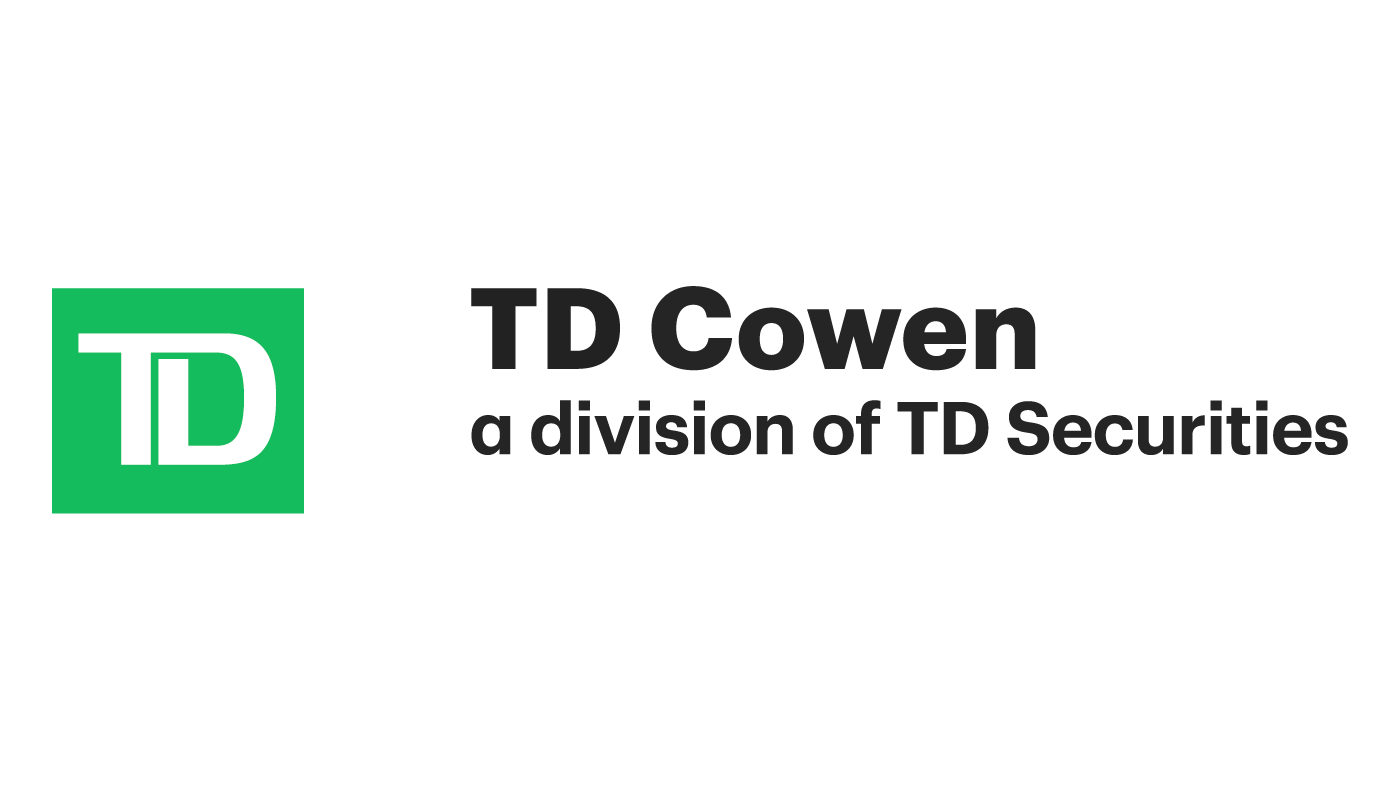
5 Things Commercial Property Owners Need to Know About Insuring Vacant Property Like so many other sectors of the economy, the commercial real estate market has taken a beating since the COVID pandemic began more than a year ago.Between the widespread retail shutdowns and millions more people working from home, the demand for space has plummeted, leaving more vacant properties than ever.As any property owner or manager knows, vacant properties come with plenty of headaches.
They don’t generate income.They can be a security and maintenance nightmare.And they’re a higher risk for insurance companies.
According to the National Fire Protection Association, an estimated 31,000 structure fires occur in vacant buildings every year, resulting in an average of 50 civilian deaths, 141 civilian injuries, and $642 million in direct property damage.That risk alone is enough to make any underwriter think twice about writing a policy.But insuring your vacant property isn’t impossible.
Here are five things you need to know.Understand the Vacancy Clause in Your Commercial Property Policy.A typical exclusion in a Commercial Property policy states that coverage will lapse if the property has been vacant for more than 30 days.
The property is considered “vacant” if less than 31 percent of its total square footage is rented or leased and used by the lessee to conduct its customary operations, or used by the building owner to conduct customary operations.If the property is vacant for more than 60 consecutive days before a loss or damage occurs, there’s no coverage for vandalism, sprinkler leakage (with exceptions), glass breakage, water damage, theft, or attempted theft.For other types of covered claims such as fire or wind, any payable amount would be reduced by 15 percent.
Keep in mind – your policy language may differ.It’s crucial to know what your own policy says.Secure Coverage for Excluded Items.
You can add a Vacancy Permit endorsement to your commercial property policy, which reinstates coverage for the losses mentioned above.This endorsement is designed for when the hazards normally associated with vacancy are present, but the insurer has chosen to underwrite the exposure.If your property will be vacant for an extended period, your insurer can help you choose the right coverage to keep the property protected.
And don’t forget to discuss Business Income insurance with your agent, as it’s getting harder to come by.Keep your insurance agent in the loop about the occupancy conditions of your property.Should your property become vacant, the risk of loss increases significantly and requires different coverage.
But the market is competitive and your carrier may be able to offer you options such as more coverage or lower prices, as well as broad-form or all-inclusive policies.Most carriers also offer policies in either three- or six-month terms for a maximum of 18 to 24 months.Arrange for security monitoring of the property every 72 hours at a minimum.
Vandalism is one of the primary risks with vacant property, so this will go a long way toward reassuring your insurance agent.Consider Builder’s Risk coverage if your vacant property is undergoing renovations or retrofitting, which provides additional required coverages to protect renovations and rebuild projects.The COVID pandemic has been a unique event in its global reach, and the impact on the commercial real estate market could be far reaching and long lasting.
For commercial property owners and managers dealing with vacant properties, it’s vital to stay in communication with your insurance provider to make sure you’re protected.Have questions about insuring your vacant commercial property? Call us at BNC Agency today.
Publisher: Normal for Business








